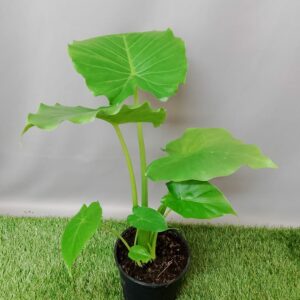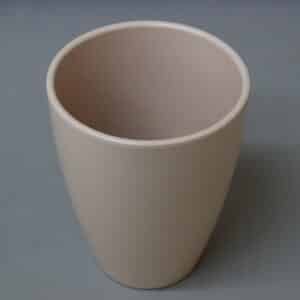Spring-flowering bulbs: The basics
Flowering plants

It’s time to get your spring-flowering bulbs into the ground! Bulbs are very easy and rewarding plants to grow.
Here’s your checklist for bulb planting:
- Location: Choose a sunny area of the garden. The sun’s strength is less intense during autumn and winter, so your bulbs will need plenty of sunlight to ensure healthy growth.
- Drainage: Well-draining soil is essential, so dig in plenty of compost and rake the soil even before planting.
- Up or down: All bulbs, except anemones, are planted with the pointy side facing up. Bulbs with claws, like ranunculus, are planted with the claws facing downwards.
- Depth: Small bulbs like anemones, lachenalia, tritonia, ixia, ranunculus and babianas should be planted about 5cm deep, and spaced 5cm apart. Larger bulbs, like hyacinth, freesias and Dutch iris, should be planted 10cm deep and 10cm apart.
- Water: Soil must be kept moist at root level. Soak your soil down to a depth of 15cm every 4-5 days. Mulch soil with compost or bark chips to help conserve moisture.
- Food: Feed bulbs with bulb food once every two weeks for maximum flowering and foliage. Feeding now also helps to feed the bulb, which will ensure good flowers during the following spring season.
You might also like
Shop online
-
PARROT TROPICAL BIRD FOOD 1KG / 2KG / 5KG
- R49.99
- Select options This product has multiple variants. The options may be chosen on the product page Learn More
-
MIGHTY MAX 25KG
- R509.99
- Add to cart Learn More




